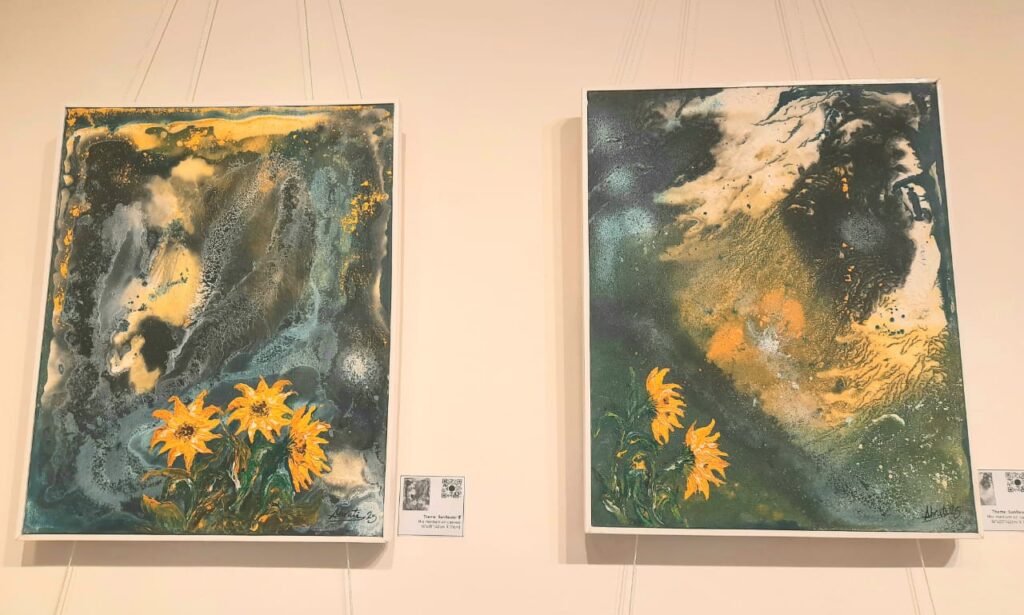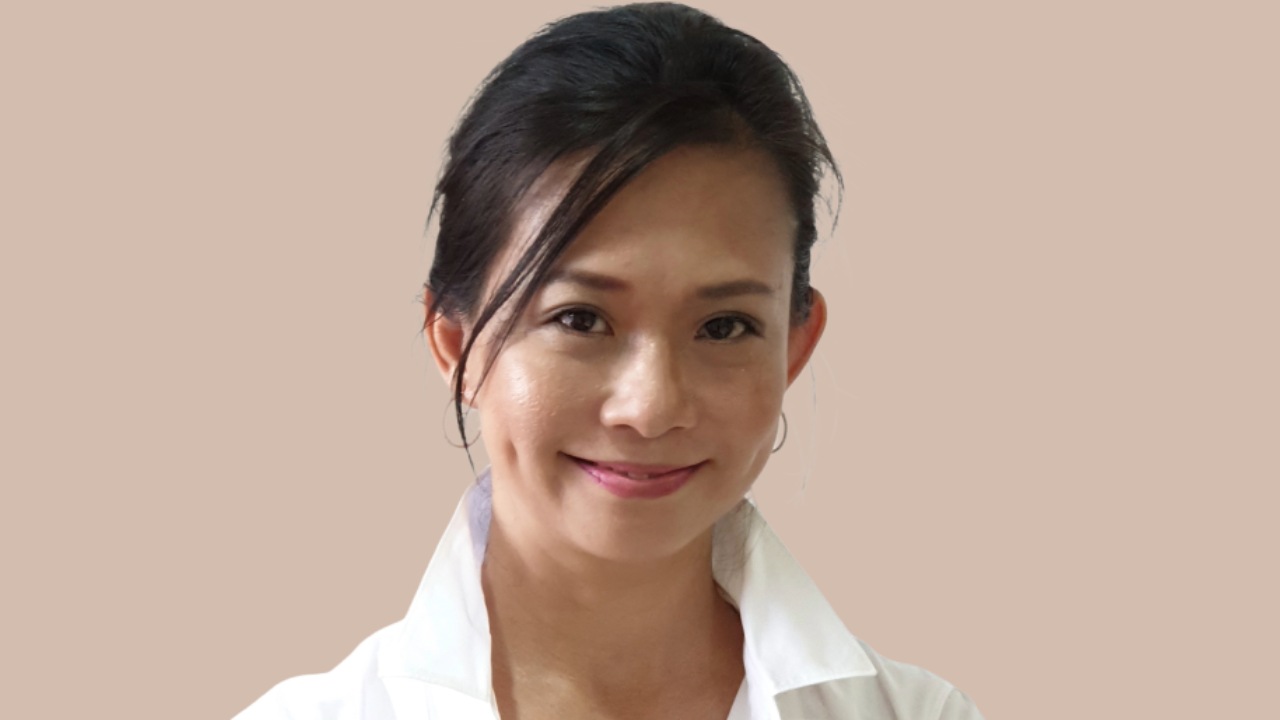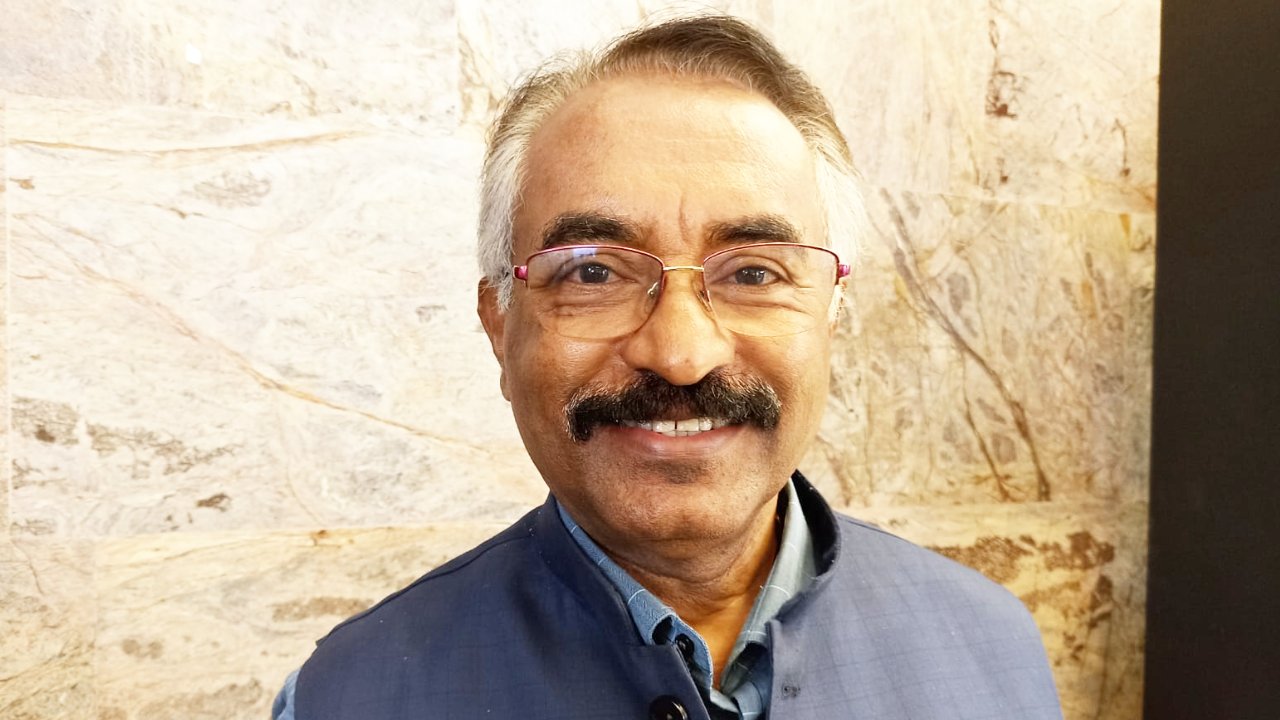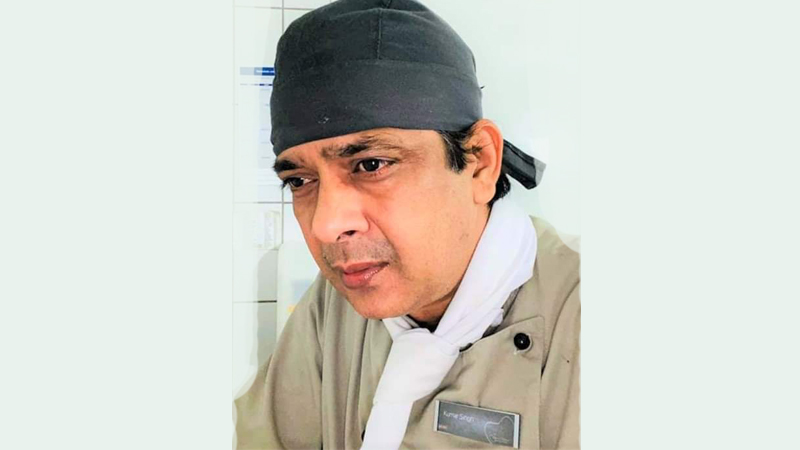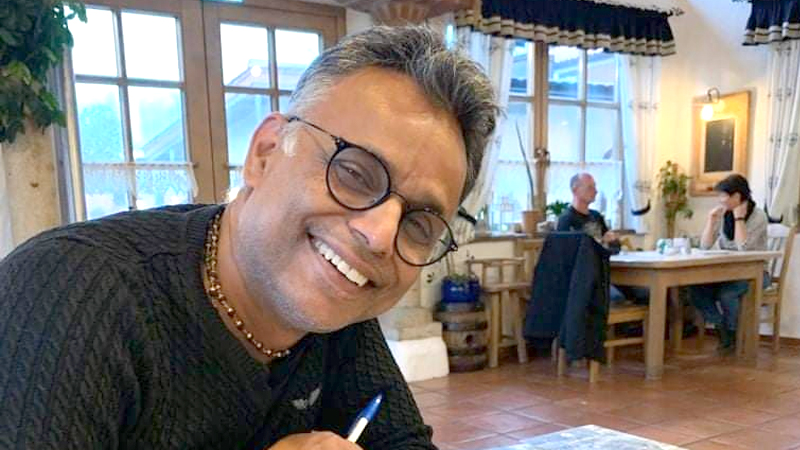Shabana Raza stands as a formidable force in India’s contemporary art landscape—an accomplished painter and visionary curator whose dual roles converge into a singular, powerful voice. Seamlessly straddling the worlds of creation and curation, she brings an arresting clarity to her artistic expression while championing the next generation of artistic talent with unwavering dedication.
As a painter, Shabana infuses her canvases with a rare depth and emotive force. Her work speaks in visual poetry—each stroke reflective of an intimate inner dialogue that simultaneously expands into a wider cultural and humanistic commentary. Her exhibitions consistently draw critical acclaim, not just for their aesthetic elegance, but for the intellectual and emotional resonance they evoke. She paints not merely with pigment, but with intent, inviting viewers into layered narratives that mirror the complexities of modern life.
However, Shabana’s influence transcends her own body of work. As a curator, she has emerged as a dynamic advocate for emerging voices, particularly those from the “Gen-Next” movement. Her curatorial ventures do more than showcase—they launch. These platforms she so carefully curates offer young artists visibility, validation, and a fertile space for experimentation. Here, bold ideas flourish, boundaries blur, and the contemporary discourse gains fresh vitality.
Deeply embedded in the thriving Delhi art circuit, Shabana plays an active role in shaping cultural dialogue. Her presence at prestigious events such as the Judges’ Competition at the Garden of Five Senses highlights not just her critical eye, but her commitment to inclusivity and artistic community-building. She operates with both discernment and empathy—qualities that elevate her impact beyond the canvas and into the cultural psyche.
More than an artist. More than a curator. Shabana Raza is a catalyst—an enabler of creative possibility and a steward of transformative change within the Indian art ecosystem. By elevating emerging voices and nurturing artistic dialogue, she is reshaping the contours of India’s cultural narrative—making it more inclusive, more vibrant, and unmistakably forward-looking.
In an exclusive conversation with The Interview World, Shabana delves into the evolving landscape of painting and modern art. She reflects on why a growing number of artists are turning to spirituality as a genre, unpacks the themes dominating today’s art discourse, and offers compelling insight into how contemporary society perceives artists and their work. Here are the key takeaways from this thought-provoking exchange.
Q: What are the emerging trends currently shaping the world of painting and modern art?
A: What I observe in today’s art scene is a striking parallel between modern artists and contemporary stylists—both continuously evolve their expression to remain relevant and resonant. Repetition dulls the viewer’s experience; art must surprise, provoke, and engage. When a collector acquires a piece and displays it at home or in a hotel, they rarely seek another in the same style from the same artist. The desire for novelty—something fresh, something distinct—drives both the artist and the audience forward.
That is why artists constantly push their boundaries. They explore new techniques, themes, and ideas to keep their work alive in the public imagination. Innovation not only invigorates their creative journey but also strengthens their presence in the market. Audiences respond to originality. It captures attention, invites reflection, and lingers in memory.
Yet, this pursuit of the new is deeply personal. Each artist brings a singular perspective, a unique lens shaped by experience, emotion, and intent. No two artistic minds think alike. And therein lies the beauty of it—each artist offers their very best, in their own voice, for the world to see and interpret.
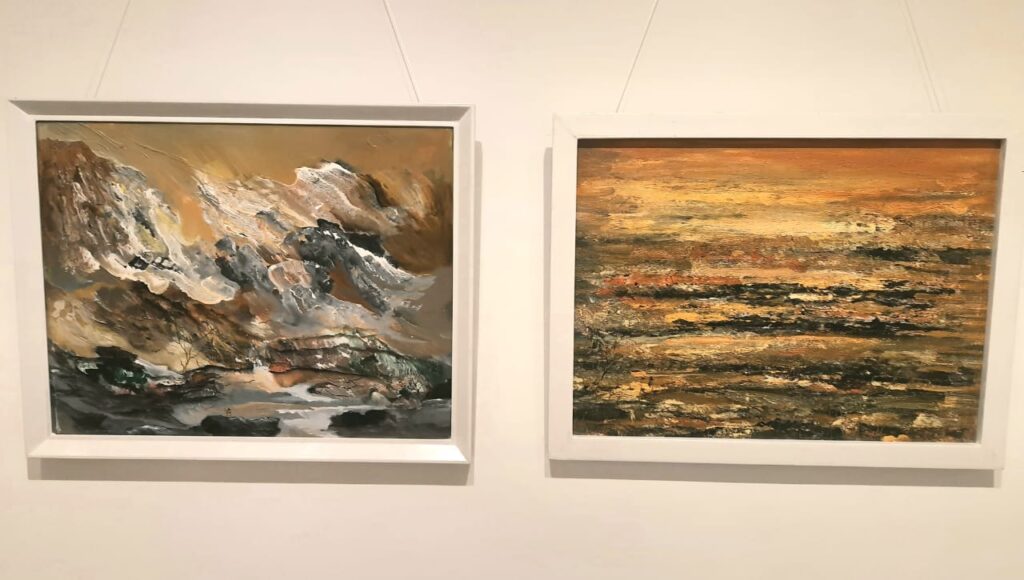
Q: Why are more contemporary painters turning to spirituality as a central theme in their work, and what makes spiritually-inspired art resonate so strongly with today’s audiences?
A: I can put it simply—our work mirrors the market. As society leans more deeply into faith, artistic expression has evolved dramatically in recent years.
With this spiritual shift, artists’ interests have also grown. Some are drawn to Hanuman ji, others to Lakshmi ji. They channel their devotion through brushstrokes, shaping their canvases in alignment with their chosen deity.
Ultimately, as our cultural and emotional landscapes transform, the artist responds instinctively—translating change into color, form, and soul on the canvas.
Q: Among the painters you encounter, which subjects or motifs tend to dominate their work?
A: Most of the artists I work with engage deeply with nature. Their styles span both abstraction and realism, yet a unifying thread runs through their work—an organic dialogue with the natural world.
Religious themes surface, but only rarely—perhaps in 10% of the cases. I don’t see many artists pursuing that path, primarily because the majority of them are seasoned professionals.
These senior artists understand the art market. They know not only what sells, but also how and where to position their work. Religious art, while meaningful, doesn’t move as readily. Nature-based pieces, however, enjoy a broader appeal. They sit comfortably in hotel lobbies, hospital receptions, and other shared spaces—calming, neutral, yet evocative.
So yes, whether abstract or realistic, most of the artists in my circle remain rooted in nature. It’s their medium, their muse, and often, their message.
Q: How long does it typically take for an artist to establish a sustainable career in painting?
A: Pursuing a career in art is anything but easy. In the beginning, finding a platform—let alone recognition—is incredibly challenging.
Breaking through takes relentless effort. Success doesn’t come overnight; it demands persistence, resilience, and an unwavering commitment to the craft. Only through sustained hard work does an artist rise to a meaningful level of visibility and impact.
Q: Could you describe the profile of artists your platform typically showcases or collaborates with?
A: The art world is vast, filled with creators at every stage of their journey. When an emerging artist shows promise—when their work speaks with authenticity and skill—I make every effort to bring them onto my platform.
As a curator, I see it as both a responsibility and a privilege to offer that space. By showcasing their work, I aim to give it momentum, visibility, and a chance to move forward in the larger artistic dialogue.
Q: How is contemporary society perceiving paintings, artworks, and the role of artists today?
A: I often observe society through two distinct lenses. On one hand, the upper echelon responds instinctively to art—they see, they connect, and they buy. Their engagement is immediate, often driven by aesthetic resonance.
On the other hand, the broader public tends to reflect more deeply. They pause, consider, and engage in conversation—about the art, its meaning, and its relevance. Both groups interact. They meet, exchange ideas, and navigate the space together.
As artists and curators, we learn from these interactions. While we explore our own creative language, we also listen. Their perspectives offer insight. Their voices shape our understanding. And in that shared dialogue, we discover how our art can speak not just for ourselves—but for them as well.
